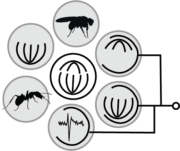
Plasticity in sensory systems design
A fundamental feature of neural circuits is their capability to adapt their architecture and function to the demands of the environment. Sensory systems adapt to stimulus statistics, are modulated by internal state, shaped by environmental factors and evolve to support new behaviors in response to changes in ecological needs.
By combining experimental and computational approaches, we investigate the different mechanisms that allow flexible sensory processing and adaptive behaviors in the tiny brains of insects.
A fundamental feature of neural circuits is their capability to adapt their architecture and function to the demands of the environment. Sensory systems adapt to stimulus statistics, are modulated by internal state, shaped by environmental factors and evolve to support new behaviors in response to changes in ecological needs.
By combining experimental and computational approaches, we investigate the different mechanisms that allow flexible sensory processing and adaptive behaviors in the tiny brains of insects.
Our projects
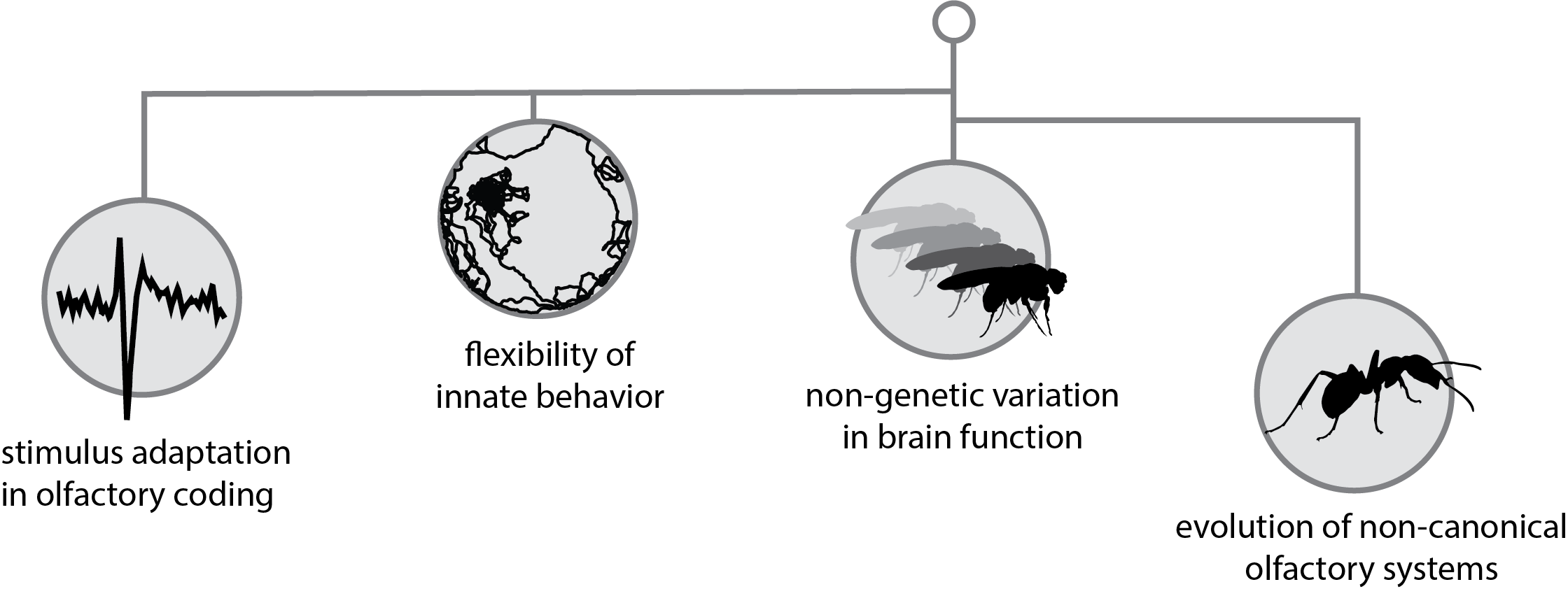

Our framework

The fly
Genetic tools are available in the fruitfly that allow the manipulation and quantification of neural circuit architecture and function to a level unmatched in other organisms
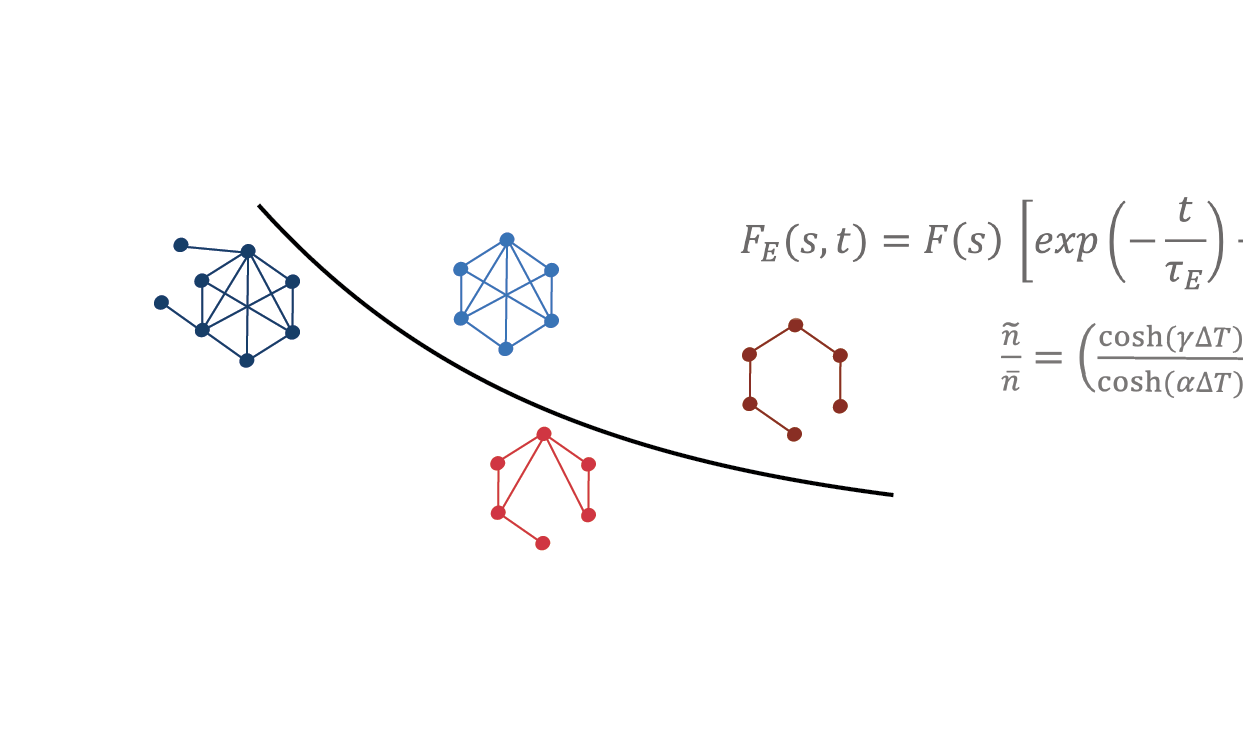
The theory
We frame our experimetal investigation around theoretical questions, which we formalize within computational models of the biological systems that we study.
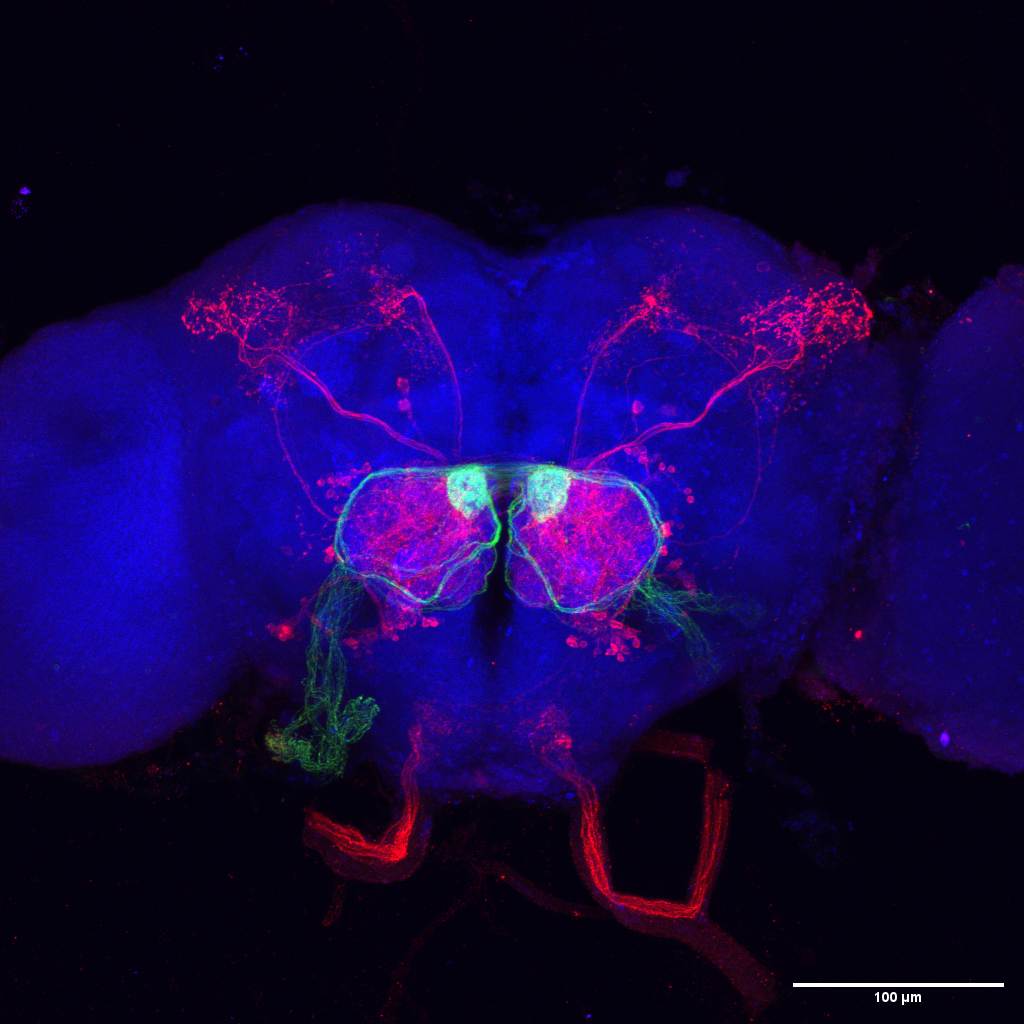
The olfactory system
Olfaction is essential to animals during foraging, mating and risk assessment. It is also critical for social interactions and division of labor. To support flexible behavior, olfactory processing is modulated by learning and internal state and highly adaptable to changing ecological needs over evolutionary time scales.
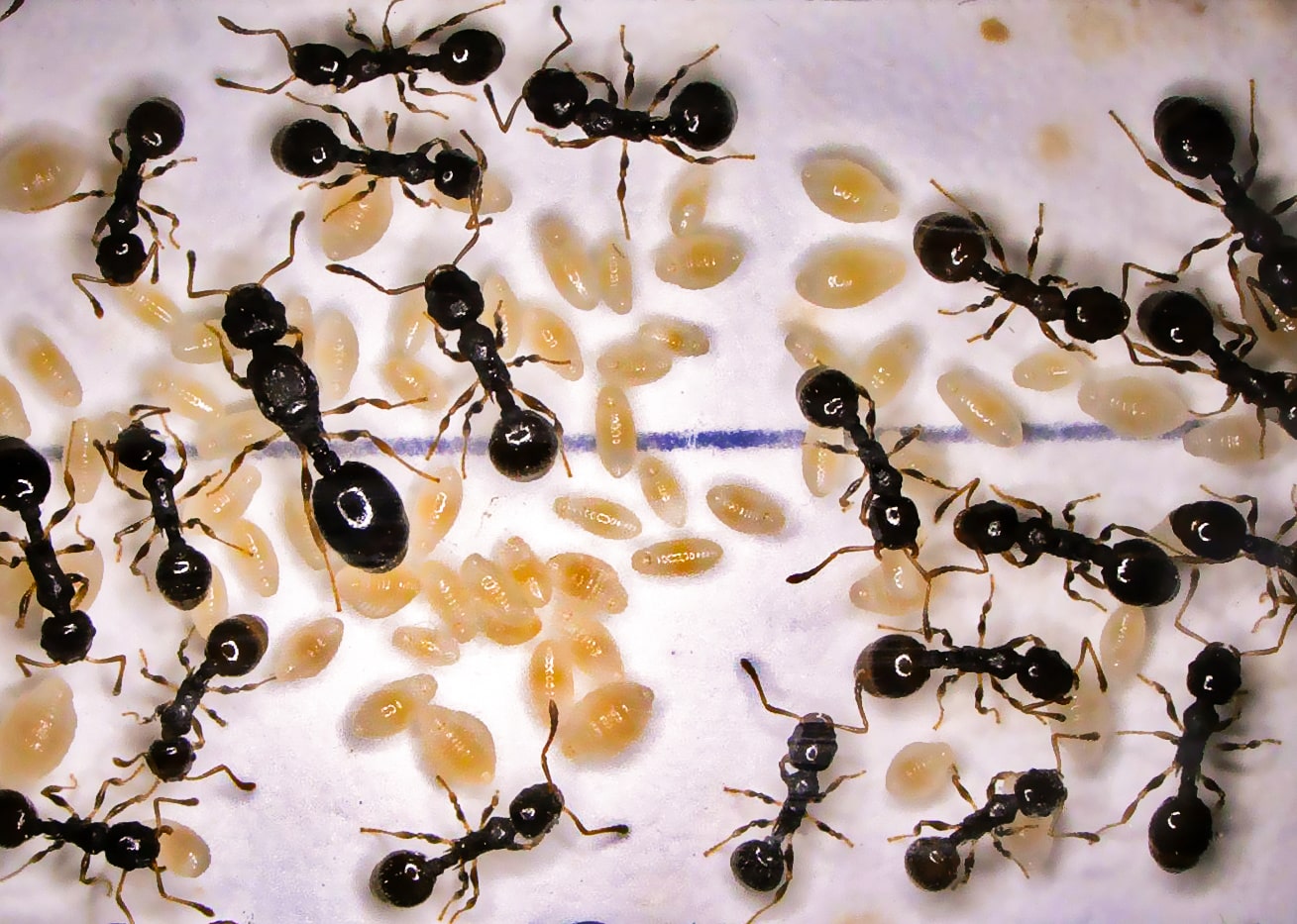
The ant
We use ants as a model system to study how the architecture of the olfactory system supports social behavior and allow flexible and efficient division of labor.

The fly
Genetic tools are available in the fruitfly that allow the manipulation and quantification of neural circuit architecture and function to a level unmatched in other organisms

The theory
We frame our experimetal investigation around theoretical questions, which we formalize within computational models of the biological systems that we study.

The olfactory system
Olfaction is essential to animals during foraging, mating and risk assessment. It is also critical for social interactions and division of labor. To support flexible behavior, olfactory processing is modulated by learning and internal state and highly adaptable to changing ecological needs over evolutionary time scales.

The ant
We use ants as a model system to study how the architecture of the olfactory system supports social behavior and allow flexible and efficient division of labor.

"dai diamanti non nasce niente
dal letame nascono i fior"
F. De Andrè

"dai diamanti non nasce niente
dal letame nascono i fior"
F. De Andrè
